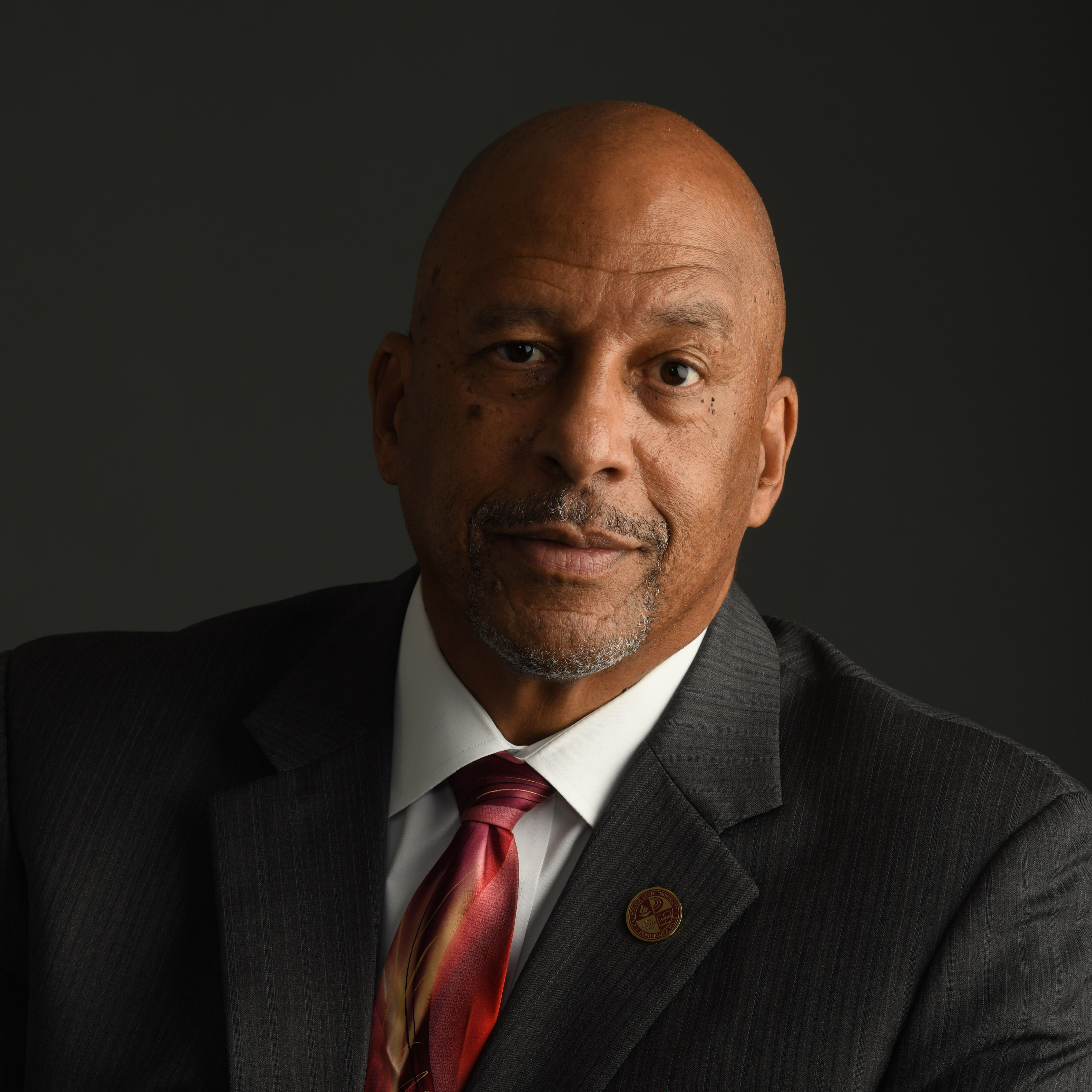
THOMAS PARHAM
CSU DOMINGUEZ HILLS PRESIDENT
Who or what inspired you to continue pursuing new and higher leadership roles, and how were you influenced by the presence or absence of people of color in these positions?
I come to my role as the chief executive of a campus with a posture as a reluctant leader who, if truth be told, never aspired to be a university president or even a senior executive. On the contrary, I was content being a psychologist of African descent, and an African-centered one at that, whose roles and duties as academician, clinician, scholar and researcher, administrator and consultant were enough for me to manage.
And yet, the invitations to serve in higher levels of the organization hierarchy that I received in my career echoed the voice of my first mentor and mzee [respected elder], the great psychologist and contemporary father of the Black psychology movement Dr. Joseph L. White. He reminded me to consistently produce excellence, and that excellence would bring me opportunities. He was also clear that in the context of one’s trajectory toward career success, the key to mental health, particularly for a young Black man or woman in the field of psychology in America, was to develop and create a broad range of choices and options in one’s endeavors. It also helped to see other people of color and of African descent in these roles. CSU Bakersfield President Emeritus Horace Mitchell, Ph.D., and former University of California, Irvine Chancellor and current UC President Michael Drake, Ph.D., are two examples I can point to who were not only role models but symbols of possibility and potential for me.
The CSU places high importance on diversity, equity and inclusion. Why are these values important in higher education and how do you ensure your campus is an inclusive environment for students of color?
Higher education is about the cultivation of the human spirit and human potential. And yet, that cultivation must consider the cultural mores, values, customs and traditions diverse people bring with them on their journey through life. Diversity, equity and inclusion (DEI) are essential elements in higher education and impact everything from faculty and staff composition, curriculum offerings, the instructional methodology and system of pedagogy an instructor employs, the student experience on campus and the relationship of a campus to the community in which it is located. Equally important, students should be able to see themselves reflected within the fabrics of the university community and attention to DEI helps that.
Regarding insuring that my campus is a diverse and inclusive environment, I tend to engage in a multi-pronged approach. One strand of that approach puts great intentionality of ensuring that we have a competent and capable, yet diverse, student body, staff, faculty and senior executive leadership team. Increasing the pipeline of applicants and providing opportunities to review credentials of students, staff, faculty and senior administrators in the admissions, human resources and academic department domains where each segment apply is also important. However, making real and authentic DEI progress demands that we move beyond simplistic yardsticks of diversity progress like counting demographics. That’s where the second strand emerges. For me, diversity is not just percentages of race, gender, etc. Diversity is a question that asks if policies and practices of our institutions and agencies change as a function of our demographics, or whether they are contaminated with the racism, sexism and biases that are too pervasive in the human condition. It is that level of review and interrogation that helps us be a truly diverse and inclusive environment.
How do you use your platform as a university president to effect change in the African American community?
Throughout my professional life as a psychologist, academician, clinician and senior administrator, I have been blessed with a platform to use my voice, my writing and my behavioral activities to effect change. That posture has been enhanced since becoming a university president. As a president, I speak to my university community with an uncompromising clarity about our campus's ability to transform and move from where we are to where we might be, if only we can close that attitudinal and behavioral gap between aspiration and actualization. Externally, I stay involved in and engaged with the larger African American community, participate in national and community-based organizations and write articles and commentaries on issues that impact various segments of our nation's citizenry for various local and national periodicals like Inside Higher Ed and the Los Angeles Sentinel.